-
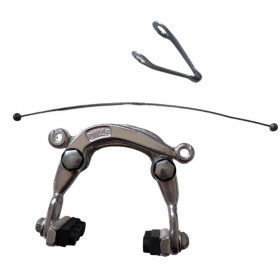 New productMafac Racer S central pull brake
New productMafac Racer S central pull brake- €12.99
-
 New productRear brake for racing bike
New productRear brake for racing bike- €8.99
-
 New product UsedBrake Shimano 600 Arabesque
New product UsedBrake Shimano 600 Arabesque- €18.99
-
 New product -40%Brake caliper Shimano Ultegra BR-R8000
New product -40%Brake caliper Shimano Ultegra BR-R8000- €50.99
- €84.99
-
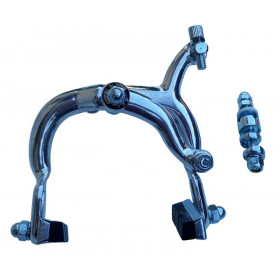 New productBicycle brake Atoo
New productBicycle brake Atoo- €9.99
-
 New product UsedShimano 105 SLR BR-1050 brake caliper
New product UsedShimano 105 SLR BR-1050 brake caliper- €23.99
-
 New productPromax V brake
New productPromax V brake- €8.49
-
 New product -25%Cantilever brake
New product -25%Cantilever brake- €6.74
- €8.99
-
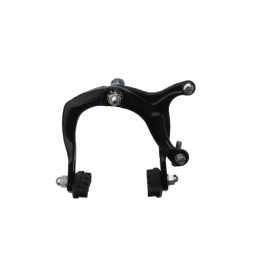 New productBMX brake cable pull by the bottom
New productBMX brake cable pull by the bottom- €5.99
-
 UsedRear brake Campagnolo Athena monoplaner
UsedRear brake Campagnolo Athena monoplaner- €44.99
-
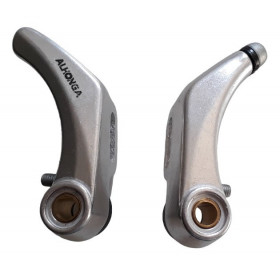 New product -25%Cantilever brake Alhonga
New product -25%Cantilever brake Alhonga- €6.74
- €8.99
-
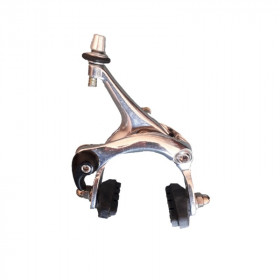 New productFront brake caliper for road bike
New productFront brake caliper for road bike- €8.99
-
 UsedBrake caliper Campagnolo Chorus
UsedBrake caliper Campagnolo Chorus- €24.99
-
 UsedCampagnolo Centaur brake caliper
UsedCampagnolo Centaur brake caliper- €21.99
-
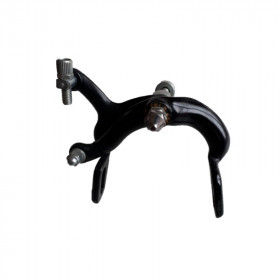 UsedFront brake for road bike
UsedFront brake for road bike- €4.99
-
 New productV brake
New productV brake- €8.49
-
 UsedCampagnolo Record brake caliper
UsedCampagnolo Record brake caliper- €28.99
-
 CustomizeUsedBrake Shimano 600 tricolor
CustomizeUsedBrake Shimano 600 tricolor- €9.99
-
 New productMTB cantilever brake ABC system Pro
New productMTB cantilever brake ABC system Pro- €24.99
-
 New productCampagnolo Mirage brake
New productCampagnolo Mirage brake- €18.99
-
 New productBrake Modolo Sachs Rival
New productBrake Modolo Sachs Rival- €14.99
-
 New productBrake Shimano Sora
New productBrake Shimano Sora- €14.99
-
 CustomizeNew productBrake Campagnolo Avanti
CustomizeNew productBrake Campagnolo Avanti- €14.99
-
 New productWeinmann semi-automatic central pull brake
New productWeinmann semi-automatic central pull brake- €149.99
-
 New productRear brake caliper Shimano Ultegra BR-6810-RS
New productRear brake caliper Shimano Ultegra BR-6810-RS- €49.99
-
 UsedRear brake caliper Shimano Dura-ace BR-7800
UsedRear brake caliper Shimano Dura-ace BR-7800- €24.99
-
 New product -32%Rear brake caliper Shimano Dura-ace BR-R9010-RS
New product -32%Rear brake caliper Shimano Dura-ace BR-R9010-RS- €152.97
- €224.95
-
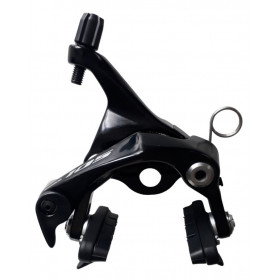 New product -47%Front brake caliper Shimano 105 BR-R7010-F
New product -47%Front brake caliper Shimano 105 BR-R7010-F- €33.38
- €62.99
-
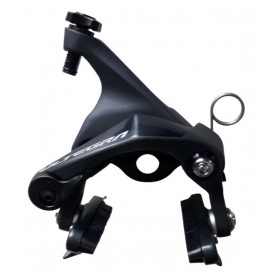 New product -30%Front brake caliper Shimano Ultegra BR-R8010-F
New product -30%Front brake caliper Shimano Ultegra BR-R8010-F- €69.99
- €99.99
-
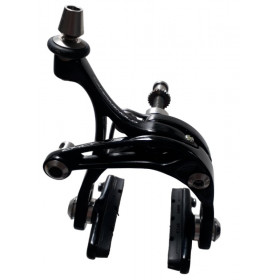 New product -22%Front brake caliper Campagnolo Chorus
New product -22%Front brake caliper Campagnolo Chorus- €38.21
- €48.99
-
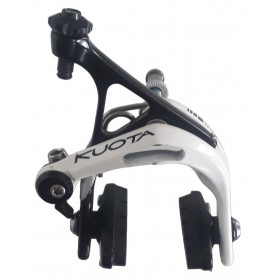 New product -50%Kuota HBP front brake with brake pads for road bike
New product -50%Kuota HBP front brake with brake pads for road bike- €25.00
- €49.99
-
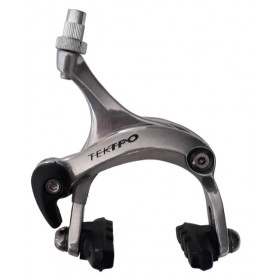 New productRoad bike rear brake Tektro
New productRoad bike rear brake Tektro- €12.99
-
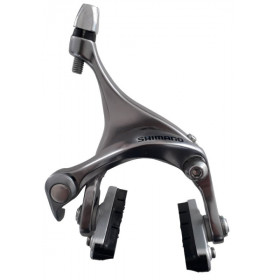 New product -43%Rear brake caliper Shimano BR-R561 grey
New product -43%Rear brake caliper Shimano BR-R561 grey- €29.63
- €51.99
-
 New product -22%Campagnolo Athena 11s Skeleton front brake
New product -22%Campagnolo Athena 11s Skeleton front brake- €68.78
- €88.18
-
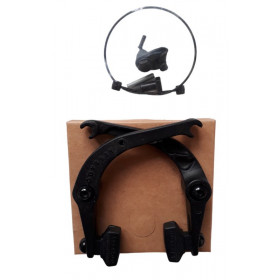 New product -20%U brake Odyssey Springfield
New product -20%U brake Odyssey Springfield- €17.56
- €21.95
-
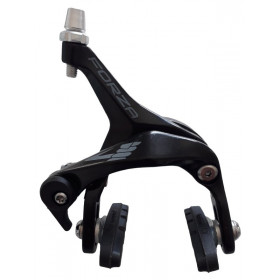 New product -55%Rear brake caliper 4ZA Forza
New product -55%Rear brake caliper 4ZA Forza- €31.46
- €69.90
-
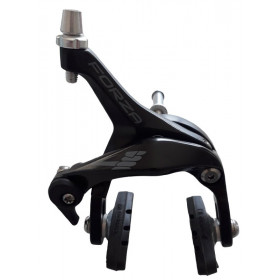 New product -55%Front brake caliper 4ZA Forza
New product -55%Front brake caliper 4ZA Forza- €31.46
- €69.90
-
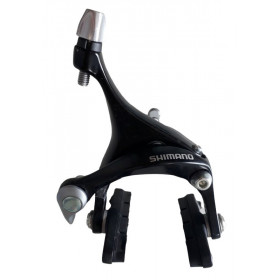 New product -43%Front brake caliper Shimano BR-R561
New product -43%Front brake caliper Shimano BR-R561- €29.63
- €51.99
-
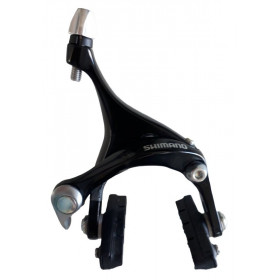 New product -43%Rear brake caliper Shimano BR-R561
New product -43%Rear brake caliper Shimano BR-R561- €29.63
- €51.99
-
 New product -60%Brake caliper Shimano Tiagra BR-4700
New product -60%Brake caliper Shimano Tiagra BR-4700- €16.20
- €40.50
-
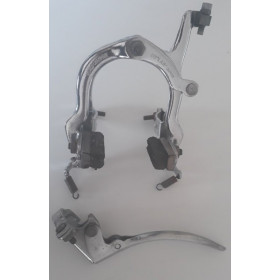 New productLever and brake caliper Lam World champion
New productLever and brake caliper Lam World champion- €44.99
-
 UsedV-Brake used
UsedV-Brake used- €3.99
-
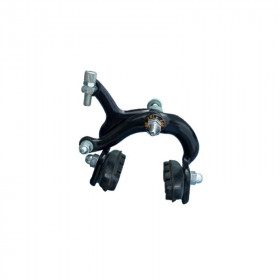 New productFront brake for road bike or fixie
New productFront brake for road bike or fixie- €6.99
-
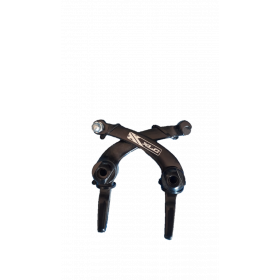 New productRear BMX U brake caliper XLC 68 - 91 mm
New productRear BMX U brake caliper XLC 68 - 91 mm- €7.99
-
 UsedFront brake caliper Shimano Dura-ace 7100 vintage black
UsedFront brake caliper Shimano Dura-ace 7100 vintage black- €19.99
-
 New productBrakes calipers fixie vintage bike Saccon
New productBrakes calipers fixie vintage bike Saccon- €22.99
-
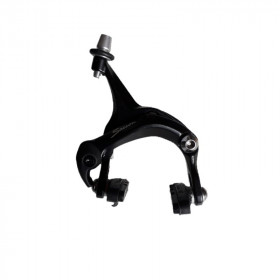 New productRear brake caliper for road bike
New productRear brake caliper for road bike- €9.99
-
 New productRear brake caliper for road bike
New productRear brake caliper for road bike- €8.99
-
 New productRear brake caliper for road bike
New productRear brake caliper for road bike- €9.99
-
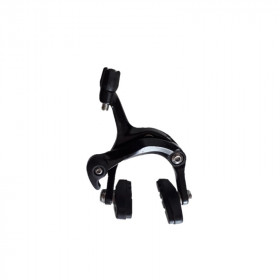 New productRear brake for road bike
New productRear brake for road bike- €7.99
-
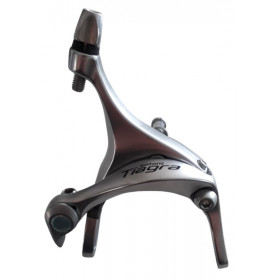 New product -30%Shimano Tiagra BR-4600 front brake
New product -30%Shimano Tiagra BR-4600 front brake- €34.99
- €49.99
-
 UsedShimano Deore right V-brake
UsedShimano Deore right V-brake- €2.99
-
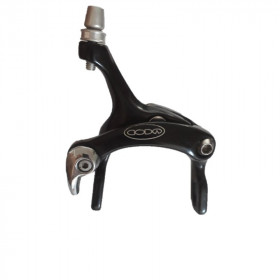 UsedCoda rear brake for road bike
UsedCoda rear brake for road bike- €7.99
-
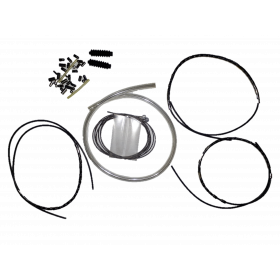 New productBrakes cables Nokon Konkavex for MTB
New productBrakes cables Nokon Konkavex for MTB- €39.90
-
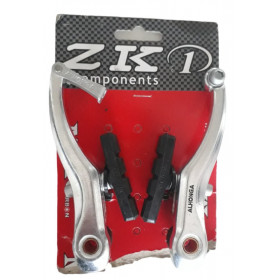 New product -40%Aluminium V-Brake Alhonga for MTB
New product -40%Aluminium V-Brake Alhonga for MTB- €9.59
- €15.99
-
 More detailsUsed Out-of-StockShimano RX100 brake caliper
More detailsUsed Out-of-StockShimano RX100 brake caliper- €9.99
-
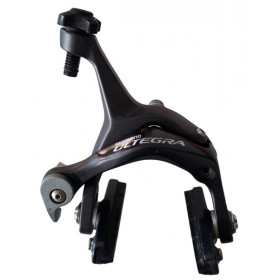 More detailsUsed Out-of-StockShimano Ultegra BR-6700 rear brake used
More detailsUsed Out-of-StockShimano Ultegra BR-6700 rear brake used- €24.99
-
 More detailsNew product -50% Out-of-StockBrake Shimano 105 BR-5800 black
More detailsNew product -50% Out-of-StockBrake Shimano 105 BR-5800 black- €27.98
- €55.95
-
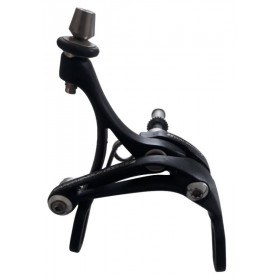 More detailsNew product Out-of-StockCampagnolo Veloce front brake
More detailsNew product Out-of-StockCampagnolo Veloce front brake- €29.99
-
 More detailsNew product Out-of-StockCantilever brake Shimano Deore XT BR-M734
More detailsNew product Out-of-StockCantilever brake Shimano Deore XT BR-M734- €29.99
Showing 1-60 of 60 item(s)
Rim brakes for bikes: features and specifics you need to know
The bike rim brake remains one of the most widely used and appreciated braking systems among cyclists, whether for road bikes, leisure mountain bikes, or city bikes. Simple, efficient, and easy to maintain, it ensures good bike control and precise speed management. Let’s take a closer look at its main characteristics and specificities.
How does a rim brake work ?
The principle is simple: when pulling the brake lever on the handlebar, the cable tightens and brings two arms together, pressing the brake pads against the wheel’s rim. The resulting friction slows down the wheel rotation and safely stops the bike.
This system relies on three essential components:
-
The brake lever: mounted on the handlebar, it controls the cable tension.
-
The cable and housing: transmit the force from the lever to the brake arms.
-
The brake pads: made of rubber or composite material, they press against the rim to generate braking power.
Types of bike rim brakes
Depending on the type of bike, several rim brake designs exist:
-
Caliper brakes (single-pivot or dual-pivot): common on road bikes, offering precise braking and low weight.
-
Cantilever brakes: used on some mountain bikes and cyclocross bikes, with wider arms providing greater tire clearance.
-
V-Brakes: powerful and easy to adjust, very popular on MTBs, trekking bikes, and hybrid bikes.
Advantages of rim brakes
-
Easy maintenance: worn pads can be replaced quickly.
-
Lightweight: rim brakes are lighter than disc brakes.
-
Affordable: spare parts are inexpensive and widely available.
-
Effective braking: sharp response on dry roads with good modulation.
Limitations to consider
The bike rim brake does have some drawbacks:
-
Less effective in wet conditions, as water reduces pad grip on the rim.
-
Faster rim wear due to repeated friction.
-
Less suitable for extreme riding or long, steep descents.
Maintaining your rim brakes
To ensure optimal braking performance, a few simple checks are enough:
-
Regularly inspect brake pads and replace them if the wear grooves are no longer visible.
-
Clean the rims to remove dust or grease that may reduce braking efficiency.
-
Make sure cables and housings move smoothly.
-
Adjust the brake arms so pads align perfectly with the rim’s braking surface.
Conclusion
The bike rim brake remains a reliable and accessible solution for many cyclists. Ideal for road bikes, leisure MTBs, or city bikes, it combines lightness, simplicity, and efficiency—provided it is properly maintained. While disc brakes are gaining popularity, rim brakes still hold a strong position thanks to their ease of use and excellent value for money.